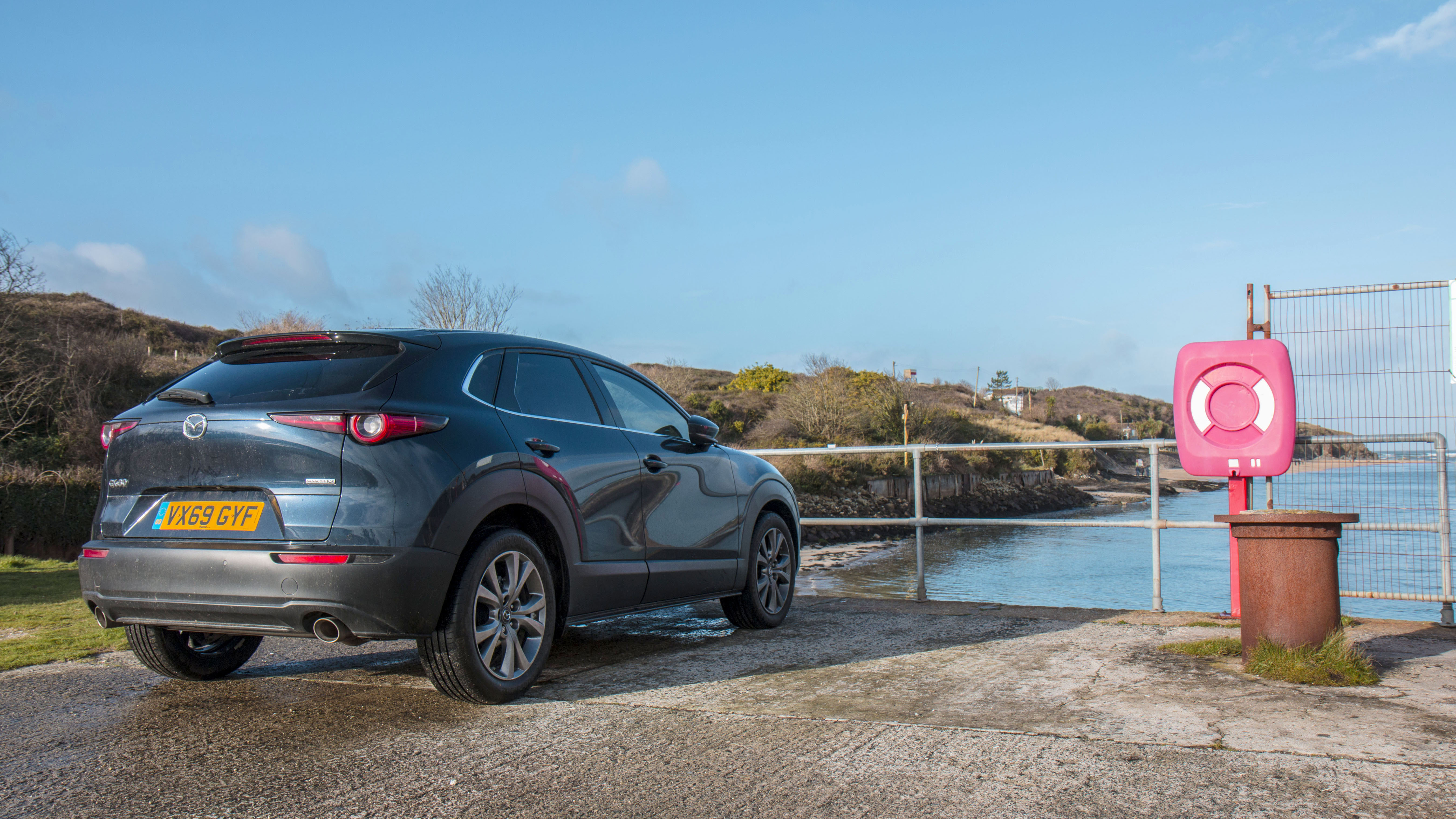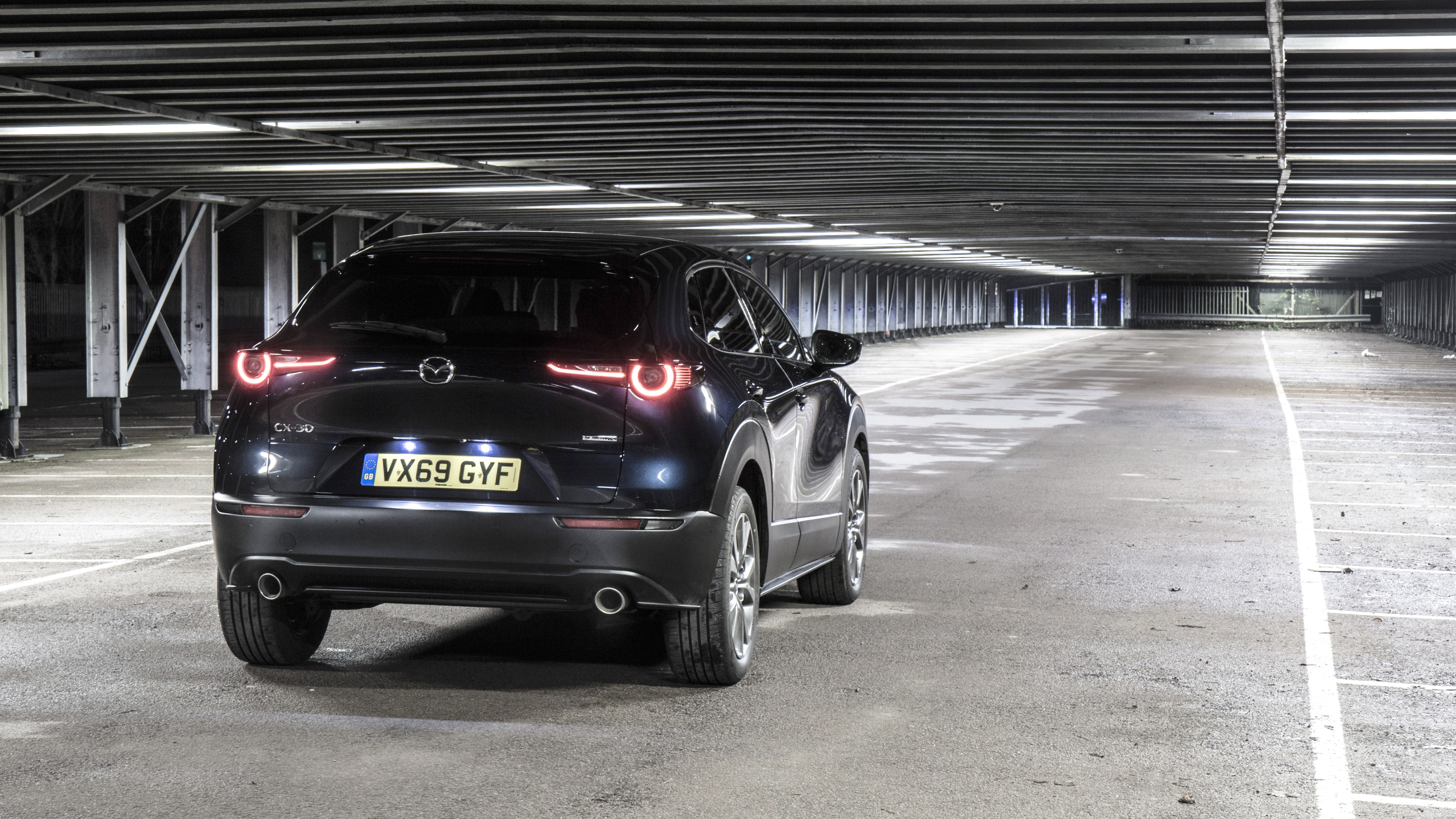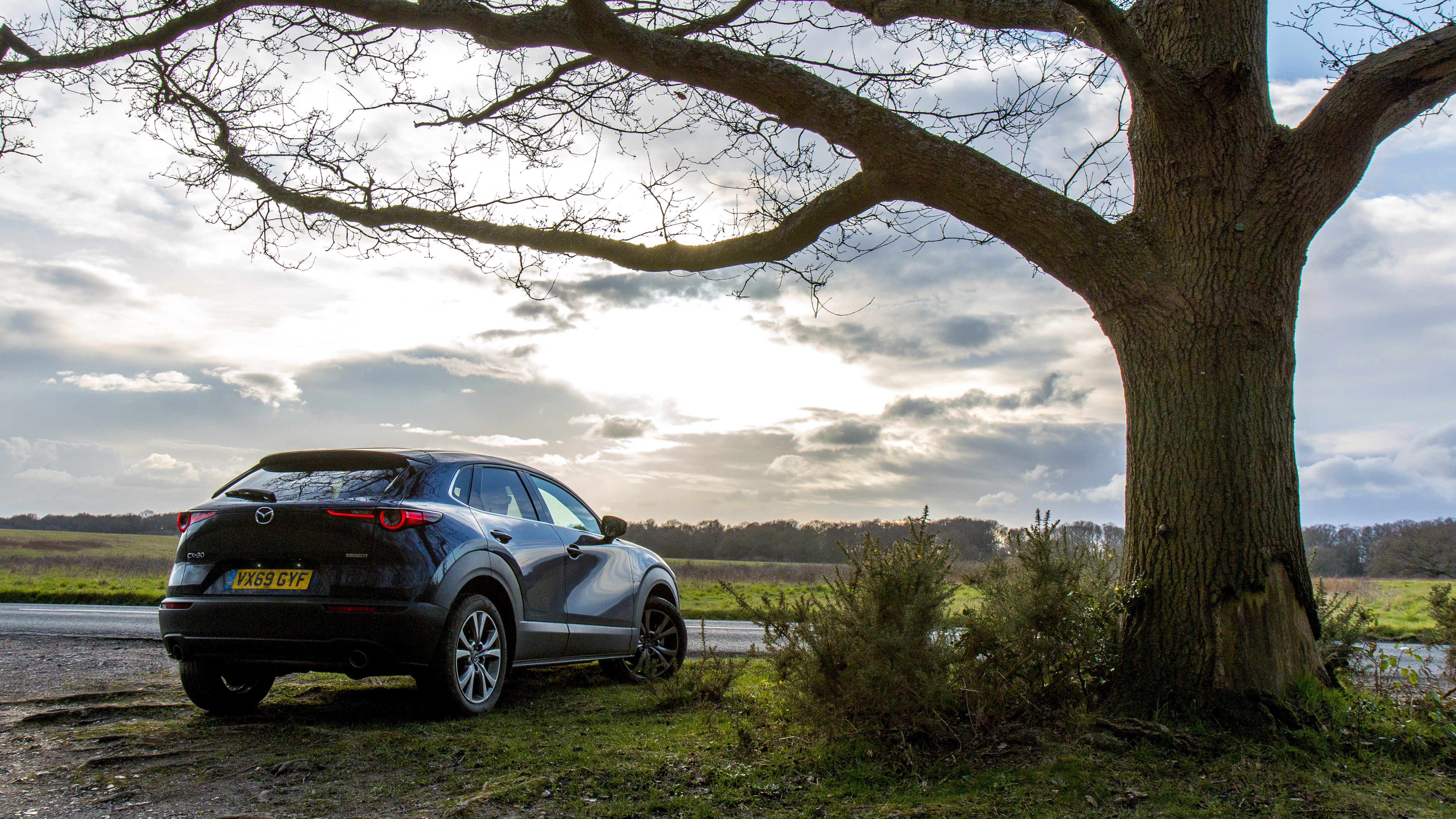
Mazda CX-30 SkyActiv-X - long-term review
£28,940 / £29,420 as tested / £360pcm
SPEC HIGHLIGHTS
- SPEC
CX-30 GT Sport
- ENGINE
1998cc
- BHP
180bhp
- 0-62
8.5s
So, just how frugal is this clever new Mazda engine?
To misquote James Carville, our CX-30 is all about the economy, stupid. That’s the big question with this car, as equipped with Mazda’s spiffy new SkyActive-X engine. Forget the handling, forget the interior, what we want to know is: does it sip?
According to Mazda, it certainly should. SkyActive-X is, at a technical level, something of a revolution in the world of internal combustion: a petrol engine that employs diesel-style compression ignition – rather than the traditional spark ignition – for, potentially, diesel levels of fuel economy (without all those nasty diesel particulates).
Officially, the two-litre four-cylinder in our CX-30 makes 180bhp, yet should return, on the trusty ol’ WLTP cycle, 48mpg – equating to just 105g/km of CO2. And all without any cheaty hybrid assistance, or even a turbocharger.
Not that we ever expected to hit 48mpg in real-world driving. No self-respecting driver has ever achieved the official economy figure while still getting to where they wanted to get on the day they wanted to get there. But how close, driving like a normal human with places to be, and a right shoe filled with flesh and bones rather than helium, am I getting?
The answer is… quite close, not that close. After 4000-odd miles of motoring, I’m averaging just under 40mpg. On the one hand, that’s pretty handy for a 180bhp, one-and-a-half-tonne SUV. On the other hand, that’s maybe a little underwhelming for an engine promised to be the next great leap forward in petrol economy.
Whether just-under-40mpg is a success or failure rather depends on two factors: who it’s being driven by; and how it’s being driven. In this case that’s: me, and; I dunno, kinda normally I guess? I’m not an especially vigorous driver – I leave the tread-shuffling and oppo-locking to the more aerodynamically-headed members of the TG massive – but at the same time I don’t tailgate trucks at a distance of six inches in the hope of eking another five miles out of a tank.
So in the name of science, I decided to look back at the economy figures of the last couple of petrol cars I’ve run for a decent stretch. Because I’m a boring old git, I’ve been driving pretty much exactly the same routes, at pretty much exactly the same speeds, for the past few years, so these should be comparable numbers.
Exhibit A: Audi Q2, 2016. Slightly less powerful (148bhp from a 1.4-litre turbo), slightly smaller, slightly lighter car. My average economy, in six months of driving: 41mpg. So a little higher.
Exhibit B: Honda Civic, 2017. Similarly powerful (180bhp from a 1.5-litre turbo), similar space inside, but a regular hatch rather than a crossover, so a little lower and lighter. My average economy: 42mpg. Again, a mite higher.
Conclusion? At this stage, the frugality of SkyActive-X looks respectable rather than revolutionary. Maybe it’d be higher if I did more motorway miles. Or fewer motorway miles. Whichever way, it’s not quite the quantum leap we dearly hoped it would be. Still a fine engine though.
Featured

Trending this week
- Car Review
BMW iX3






